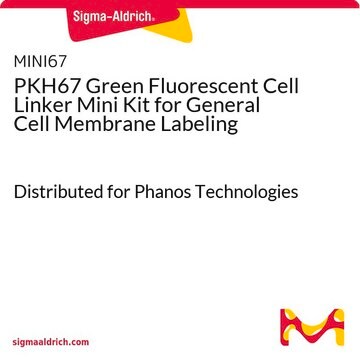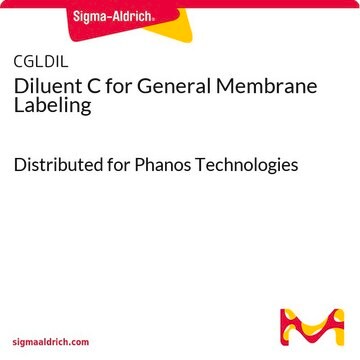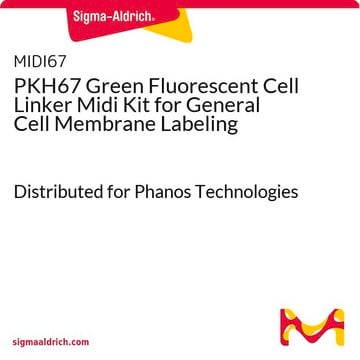The membrane dyes will remain stable during the monoclonal staining at 4 deg C; however, capping of the monoclonal antibodies is highly probable if the general cell membrane labeling is carried out at ambient temperature subsequent to antibody labeling. As additional information may be required to address the question completely, please navigate to the link https://www.sigmaaldrich.com/techservice, click on "Product Technical Inquiries" under the Products Section with all the information needed so that a member of the Technical Service team can reach out to assist further.
For more information, please refer to the product data-sheet below: https://www.sigmaaldrich.com/deepweb/assets/sigmaaldrich/product/documents/271/475/mini26bul.pdf.












